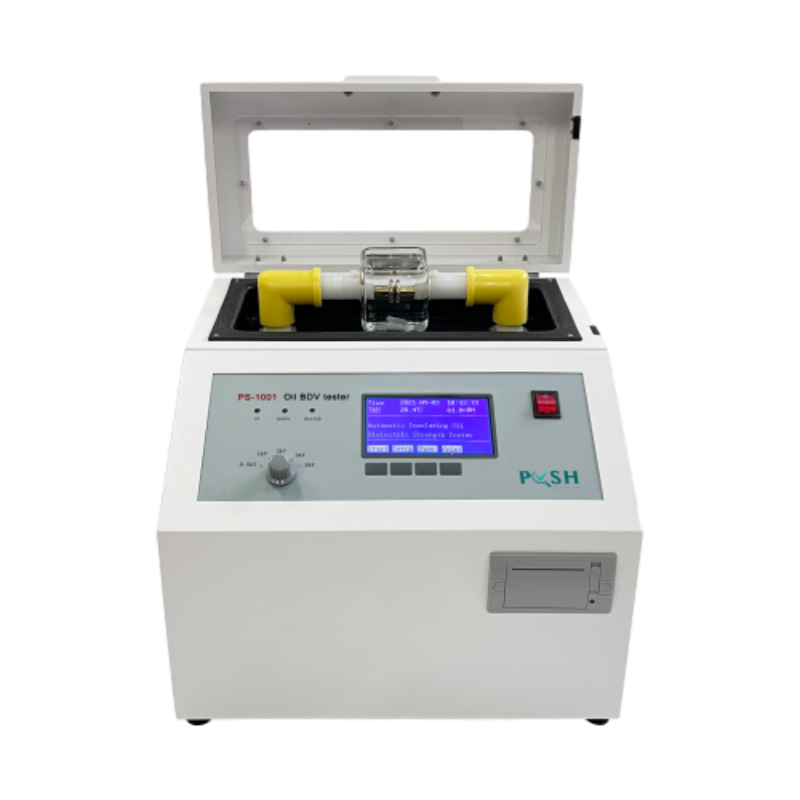 English
English


Gravimetric Analysis for Measuring Oil and Grease Concentration in Wastewater Samples
Determination of Oil and Grease in Wastewater by Gravimetric Method
The presence of oil and grease in wastewater is a significant environmental concern, often indicating pollution from industrial processes, stormwater runoff, and domestic waste. These substances can hinder water treatment processes and disrupt aquatic ecosystems. Therefore, accurately determining the concentration of oil and grease in wastewater is crucial for regulatory compliance and environmental protection. Among several analytical methods, the gravimetric method offers a reliable and straightforward approach to quantifying oil and grease levels in wastewater samples.
The gravimetric method for determining oil and grease involves several key steps, including sample collection, extraction, evaporation, and weighing. The procedure begins with the collection of wastewater samples, which should be representative of the wastewater being analyzed. It is essential to use clean, non-contaminating containers and to ensure that samples are stored properly to prevent changes in composition before analysis.
After sample collection, the extraction process begins. One common technique is the use of an organic solvent, such as hexane or dichloromethane, to separate oil and grease from the aqueous phase of the wastewater. A predetermined volume of the wastewater sample is mixed with the organic solvent in a separatory funnel, allowing the oil and grease to dissolve in the solvent. This phase separation relies on the difference in solubility between the organic contaminants and water.
Once extraction is complete, the organic layer containing the oil and grease is carefully collected. To quantify the amount of oil and grease, the next step involves evaporating the solvent. This can be achieved using a rotary evaporator or a simple evaporation dish placed in a controlled environment. Care must be taken during this phase to prevent the loss of any volatile components of the oil and grease. After evaporation, a residue containing the oil and grease remains in the container.
determination of oil and grease in wastewater by gravimetric method

The final step in the gravimetric method is weighing the residue. The container is first weighed to obtain its tare mass, and then the container is weighed again with the residue. The difference in weight provides the mass of oil and grease present in the original wastewater sample. This mass can then be converted into concentration units by considering the volume of the water sample.
One of the advantages of the gravimetric method is its simplicity and cost-effectiveness compared to other techniques such as gas chromatography or spectrometry. While these methods can offer greater sensitivity and specificity, they often require more sophisticated equipment and trained personnel. The gravimetric method, on the other hand, can be a viable option for laboratories with limited resources or for preliminary assessments of oil and grease levels.
However, there are constraints to the gravimetric method. One significant limitation is the method's inability to differentiate between various types of oils and greases, which may have different environmental impacts. Moreover, the presence of emulsified oils can complicate the extraction and lead to underestimation of total oil and grease concentrations. Therefore, it is often advisable to use the gravimetric method in conjunction with other analytical techniques for comprehensive wastewater analysis.
In conclusion, the gravimetric method serves as an effective approach to determining the concentration of oil and grease in wastewater. Its straightforward procedure, combined with cost-effectiveness, makes it a valuable tool for industries and environmental laboratories seeking to monitor and manage wastewater quality. As we move forward in improving wastewater treatment practices, the gravimetric method will remain an essential component of environmental monitoring and protection efforts.
-
Differences between open cup flash point tester and closed cup flash point testerNewsOct.31,2024
-
The Reliable Load Tap ChangerNewsOct.23,2024
-
The Essential Guide to Hipot TestersNewsOct.23,2024
-
The Digital Insulation TesterNewsOct.23,2024
-
The Best Earth Loop Impedance Tester for SaleNewsOct.23,2024
-
Tan Delta Tester--The Essential Tool for Electrical Insulation TestingNewsOct.23,2024





